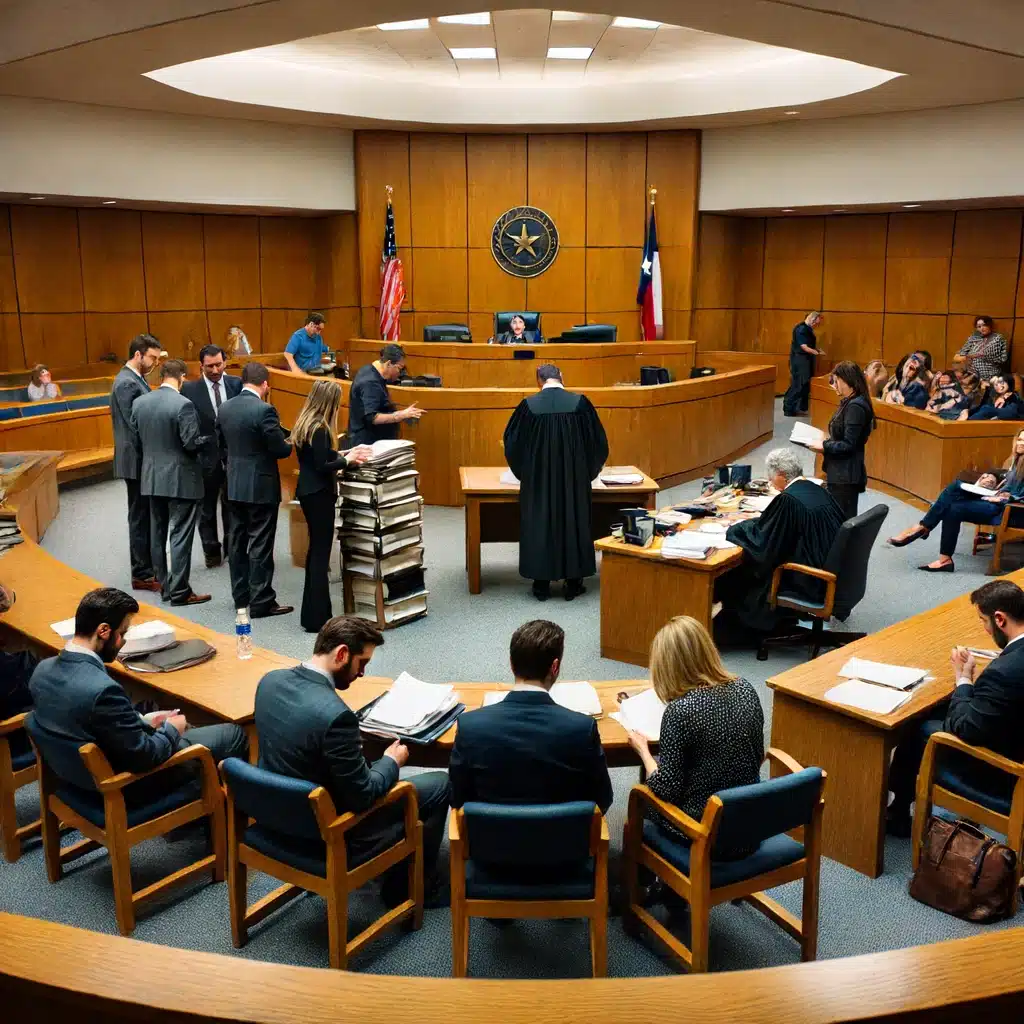Pro Se Custody: A Step-by-Step Guide to Representing Yourself in Child Custody Cases

Child Custody Cases Custody battles can be emotionally and financially draining, particularly when you have to hire a full-time attorney. Fortunately, unbundled attorney pricing can provide an affordable way for people who want to represent themselves to get the legal guidance they want. What Does Unbundled Attorney Pricing Mean? Unbundled legal services allow you to […]
The Importance of Strategic Divorce Planning for a Fair Settlement

Divorce Planning Going through a dissolution of marriage can be one of the hardest and most emotionally exhausting journeys of life. However strategic planning for divorce can help you navigate the process confidently and ensure you reach a fair settlement. Failing to plan well can lead to financial loss, custody problems, and legal headaches. At The Divorce Solutionist […]
Essential Tips for Succeeding Pro Se in Family Court Without an Attorney

Family Court It is quite overwhelming to deal with a family court without legal representatives. Legal matters may be complicated, although they can be as simple as pie if they are well prepared, researched, and attended to. Issues such as perjury in family court can further complicate the process, making it essential to stay informed […]
How a Divorce Specialist Can Simplify Your Journey Through Divorce and Custody Battles

Divorce Specialist Divorce Specialist and child custody are stressful, difficult processes, whether one is the mother or the father. It turns into legal issues when some aspects of the process are being implemented and into an emotional issue, especially in cases that have implications when children are included as subjects. This is where a Divorce […]
How A Divorce Consultant Simplifies the Legal and Emotional Complexities

A Divorce Consultant Divorce is one of the most challenging transitions anyone can face. It brings not just legal complexities but also a whirlwind of emotions that can be difficult to navigate. That’s where a divorce consultant becomes invaluable. Whether you’re struggling with legal paperwork, custody arrangements, or emotional turmoil. A divorce consultant can guide […]
Why You Should Schedule a Consultation with A Divorce Lawyer Before Filing

A Divorce Lawyer Divorce is one of life’s most challenging transitions, and making the right decisions at the start can set the tone for how the process unfolds. Before taking the significant step of filing for divorce, scheduling a consultation with A divorce lawyer is a wise move. It ensures you’re informed, prepared, and positioned […]
The Benefits of Working with a Divorce Consultant for a Peaceful Separation

Benefits of Working with a Divorce Consultant: Divorce is often associated with high stress, legal battles, and emotional upheaval, but it doesn’t always have to be this way. By working with a divorce consultant, individuals can experience a more peaceful, informed, and manageable separation. A divorce consultant is a professional who offers guidance, emotional support, […]
Top Divorce Newsletter Insights: Key Tips for Managing Finances During Divorce

Divorce Newsletter Divorce Newsletter is undoubtedly one of the most difficult life changes for which people can be prepared, and when it comes to the financial aspect of it, everything may seem uncertain. Lastly, whenever a decisiveness of an elemental necessity as the shelter is stolen, what with the emotional stress and uncertainty? Of significant […]
How a Divorce Consultant Can Help You Navigate the Emotional Turmoil of Separation

Divorce Consultant A divorce consultant is knowledgeable in the most effective way to deal with a divorce case. In contrast to a lawyer whose work is more or less strictly legal, a divorce consultant provides a much more comprehensive set of services, including counseling, consultation, and planning. They do not take sides but help you […]
How to Handle Perjury in Divorce Cases When Your Ex Lies in Court

Perjury in Divorce Cases: Going through a divorce is a stressful and emotionally challenging experience. It becomes even more complicated when your ex-partner lies under oath, which is considered perjury. False statements can distort the truth, leading to unjust rulings on child custody, alimony, and property division. Understanding how to handle perjury in a divorce […]
